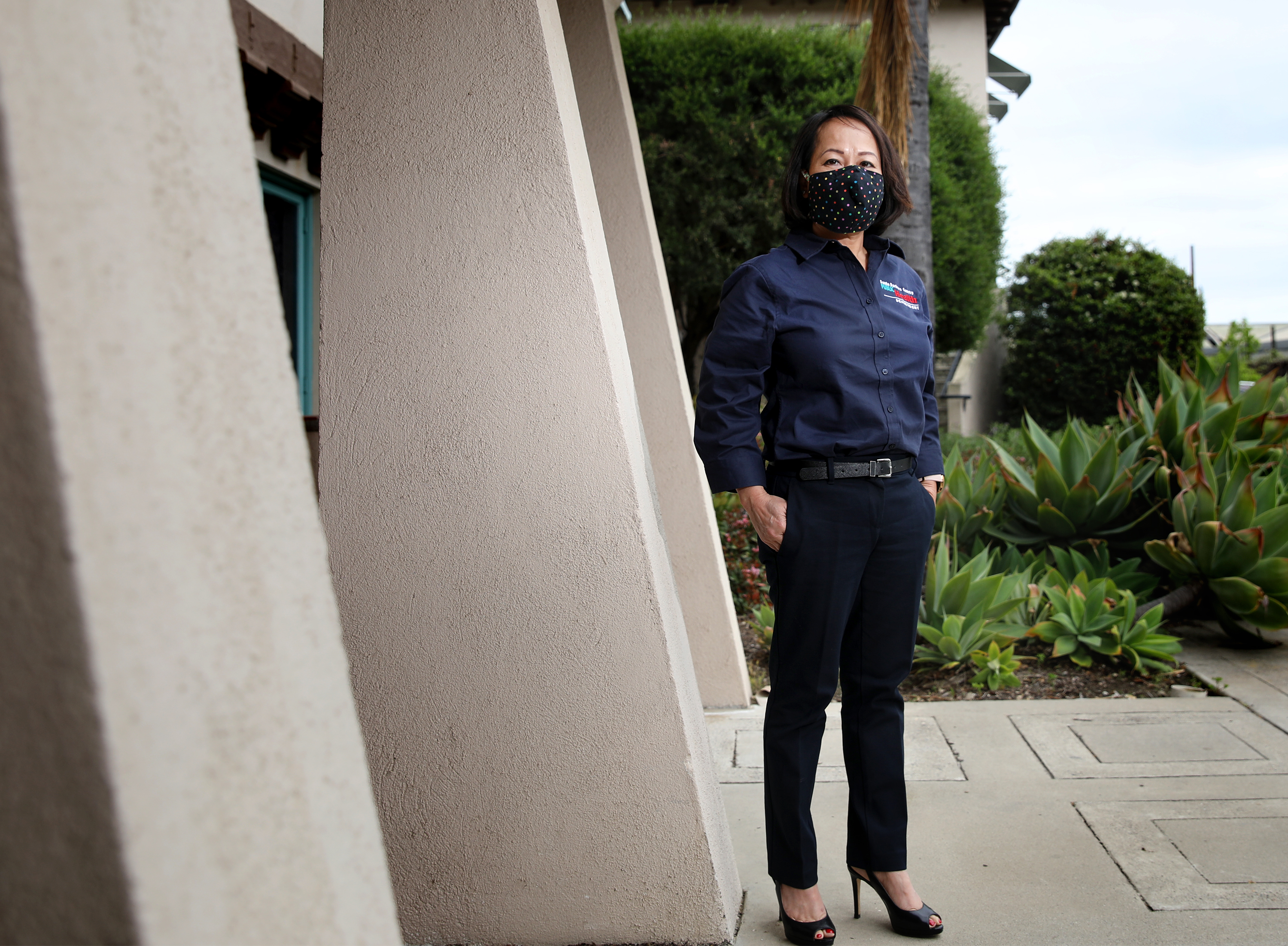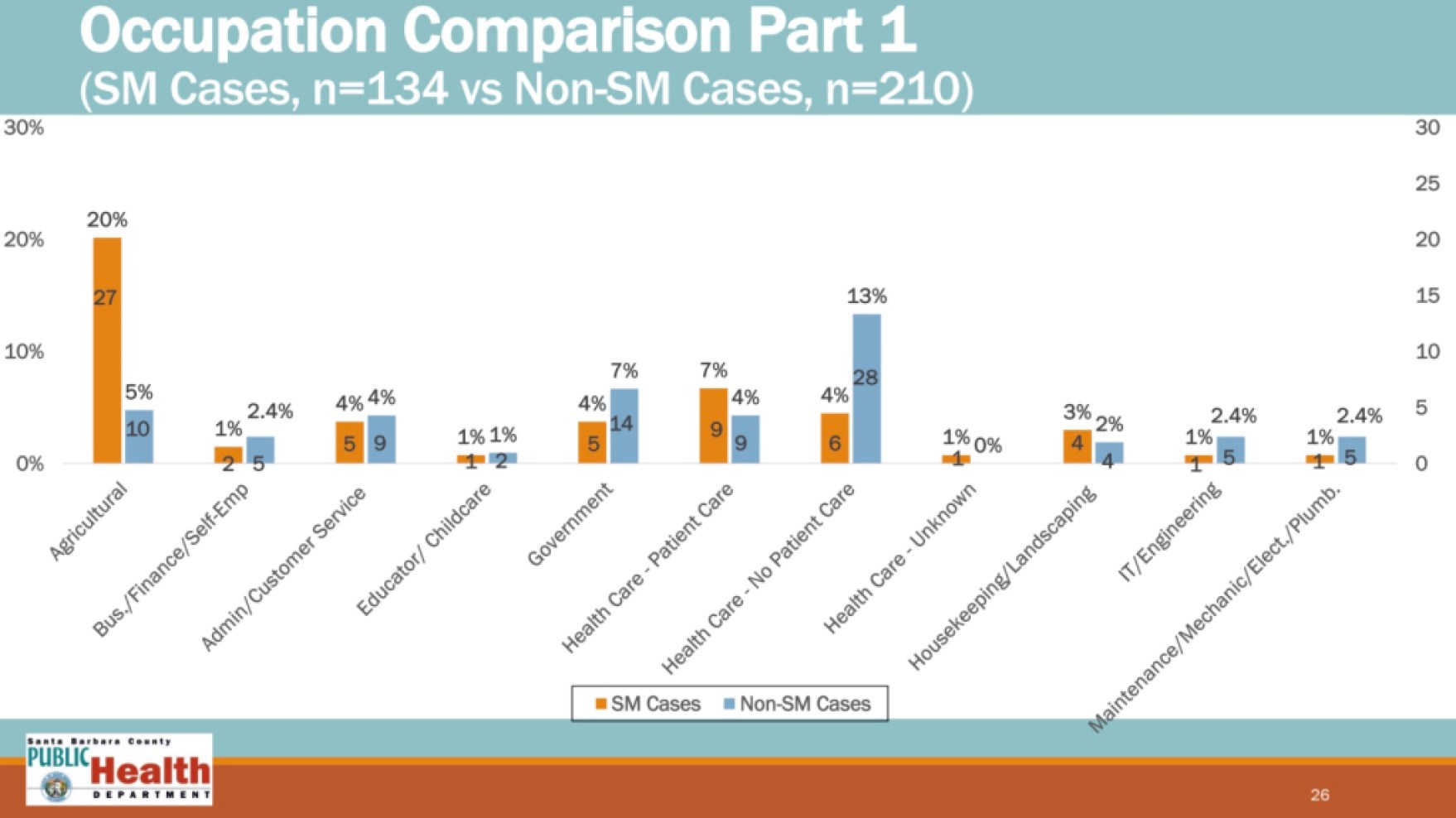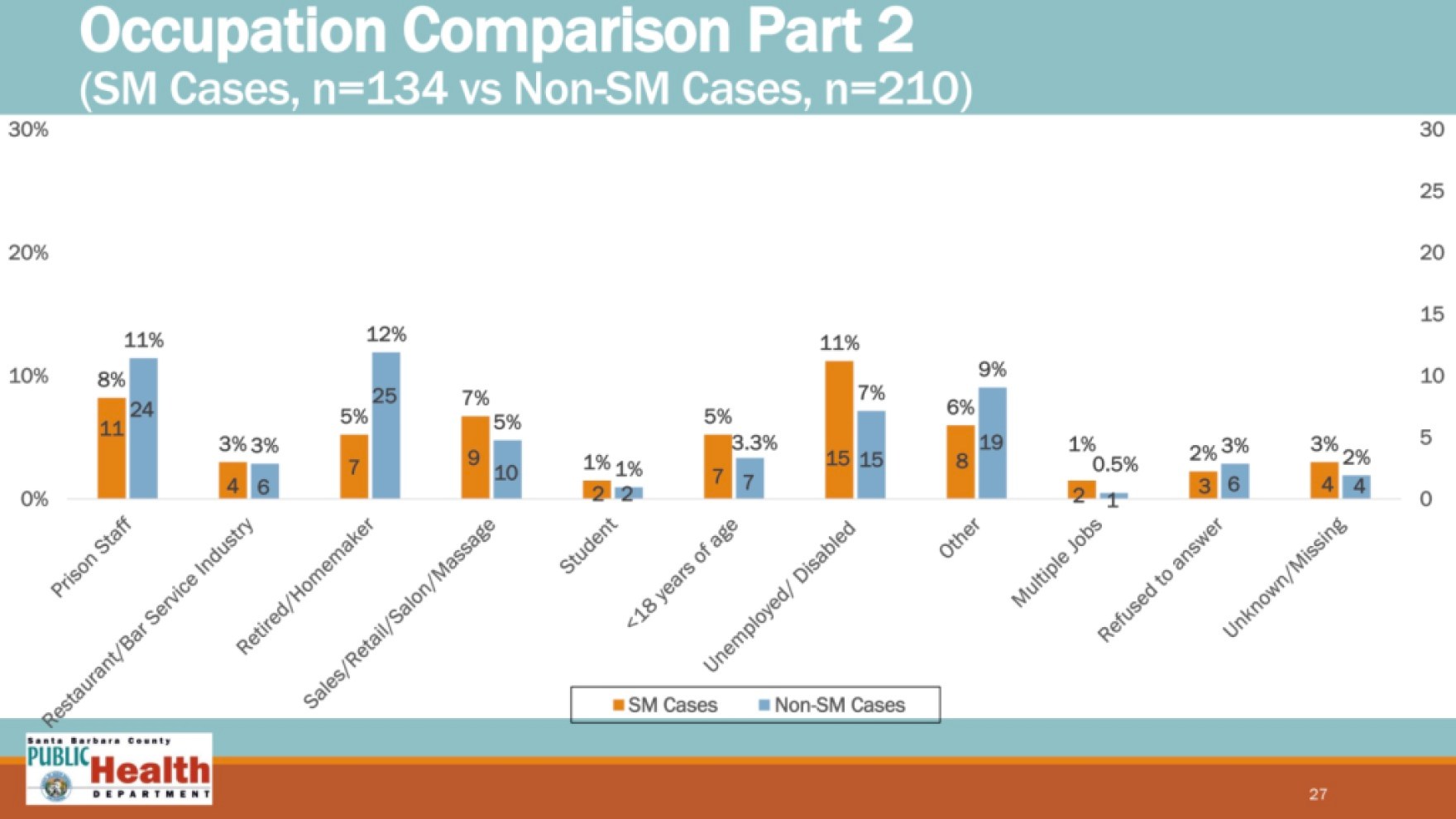Outbreak at Santa Maria Nursing Facility Leads to Five Residents’ Deaths
Santa Barbara County’s Reopening Progress Stymied by Santa Maria COVID Cases

A COVID-19 outbreak at a skilled nursing facility in Santa Maria has led to the deaths of five residents, part of a larger disease pattern in the City of Santa Maria itself that has slowed Santa Barbara County’s economic reopening. Santa Maria contains roughly 600 of the county’s 2,000 known COVID cases.
Van Do-Reynoso, head of County Public Health, revealed the alarming situation at the Country Oaks Care Center during her presentation to the Board of Supervisors on Tuesday. The information was apparently so new that it was updated later in the afternoon to a total of 14 staffers and 25 residents infected.
Get the top stories in your inbox by signing up for our daily newsletter, Indy Today.
In response, the state has sent two nurses and four emergency medical technicians who specialize in COVID-19 to assist Country Oaks’ staff, Do-Reynoso said. The county’s volunteer medical corps is there, too, as well as nurses and physician’s assistants from the state health corps, and certified nursing assistants from state public health’s registry. “We want to make sure the staff and residents feel safe,” she said.
The outbreaks represent two red check marks against the county from the state, delaying the last part of Phase 2 retail openings — personal care, such as tattoo and massage businesses. Nonetheless, 2,645 businesses have reopened in the county, with more to come following Friday’s public health order permitting hotels, gyms, museums, bars and wineries, summer camps, and several other types of businesses to resume operations.
Tuesday’s presentation revealed some often-asked-about information on who has the virus, including their occupation, from the 134 people in the city and 210 from the rest of the county who responded to questions.
Twenty percent of sick individuals in Santa Maria were farmworkers, or 27 people, said Van Do-Reynoso, who heads County Public Health, compared to 5 percent, or 10 people, outside the city, as of May 27. Cumulatively, she said, a “good amount” were workers in essential services, including 8 percent prison staff, 7 percent in direct patient care (and 4 percent in non-direct-patient health care), and 4 percent in government.
Outside Santa Maria, the largest group of occupations — 13 percent — was in health care with no direct patient contact, 4 percent cared for patients, 12 percent were retired or homemakers, 11 percent were prison staff, and 7 percent were in government. (The June 15 status report from County Public Health states a total of 121 health-care workers have come down with COVID-19.)
Santa Maria had more people living together in sick households, four to seven residents, compared to two or three in a sick household outside the city. Looking at the accumulated data, in Santa Maria, those with COVID skewed relatively young — 39-40 years of age — male, college educated, and predominantly Latinx, 90 percent. Outside Santa Maria, the predominant age group among cases is 50-69 years old, and Latinx make up 52 percent. The other metrics are within points of each other.
More recent conversations have increased the case total among farmworkers to 25 percent as of June 11, Do-Reynoso said, or 142 individuals. The rules of social distancing and handwashing were well understood among Santa Marians, she said, as high as 90 percent, but those exposed to the disease were likely unable to comply. The difficulty might be in crowded transportation or employers requiring closer contact, she said, and her department’s new priority was both health insurance and preventative meetings and messages to employers.
Supervisor Steve Lavagnino, who represents the Santa Maria area, asked for more information on who was becoming the most sick, or patients in hospital or intensive care units. He also questioned if more education was the answer to preventing spread, since a high percentage already understood what they had to do. Do-Reynoso replied that they were engaging with Santa Maria’s city council and the agricultural commissioner’s office to talk with the community about fewer people in carpools and creating safer workplaces.
In answer to a previous request from supervisors, Do-Reynoso presented a chart that showed COVID deaths relative to other causes since January. Cancer was at the top with 273 deaths, and the 15 COVID deaths took eighth place above chronic liver disease. She noted that nationally, COVID had been the number-one killer at times but was now at number three.
The overall increases in cases led to more hospitalizations, which is the red flag that began talks with the state on slowing the county’s reopening. No more than a 10 percent increase over three days is considered safe, and Santa Barbara County is currently at 31.5 percent as of yesterday, Do-Reynoso said. They are “probing” hospital admissions, she said, to see if they are from out-of-county residents, as well as talking with state and Ventura County, which experienced the same red flag for about a week and a half.
Testing was bottoming out in the county, too, Do-Reynoso said, and was getting close to catching state notice. During public comment, Anna Marie Gott suggested moving Santa Barbara’s test site from Earl Warren Showgrounds to a site more easily accessed by bus. For residents on the east and west sides of town, she noted, it’s a long walk to get to Earl Warren from the nearest bus stop.
No direct line to Earl Warren runs from those residential areas, and the trip requires a change at the downtown Transit Center, Hillary Blackerby of the city bus service told the Independent. From there it’s a transfer to a Line 3 bus, which runs every 30 minutes. It stops at San Onofre Street across from Adams Elementary School and gives the pedestrian a downhill hike to Earl Warren.
At the Santa Barbara Independent, our staff is working around the clock to cover every aspect of this crisis — sorting truth from rumor. Our reporters and editors are asking the tough questions of our public health officials and spreading the word about how we can all help one another. The community needs us — now more than ever — and we need you in order to keep doing the important work we do. Support the Independent by making a direct contribution or with a subscription to Indy+.





You must be logged in to post a comment.